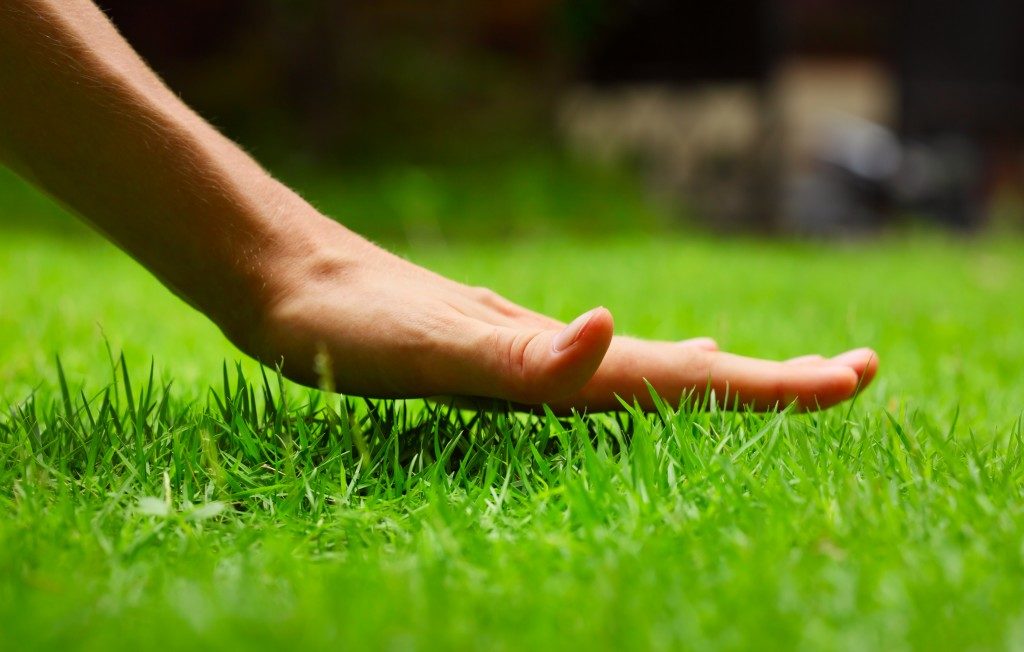In the past, commercial and residential property owners only focused on their interior décor. For decorating their outdoor areas, paving was the leading choice. This, they assumed, was the easiest and most inexpensive choice to maintain. Eco-conservation has gained considerable interest in recent years. To this end, most front yards now feature grass and plants with paving only on the drive and walkways. However, maintaining a front yard comes with its own challenges. Lawn maintenance is not expensive, but it is also not easy.
Contracting with commercial mowers in Grand Prairie for your lawn maintenance needs should be your first step when aiming for the best possible lawn appearance. Choose a full-service company that handles all aspects that contribute to a healthy and thriving lawn. One of these aspects is lawn aeration. This process, also known as core aeration, focuses on the creation of openings on your lawn to help with the movement of nutrients, waters and air through the soil to the roots. The following are the techniques used for lawn aeration.
Manual Aeration
This is the most straightforward option for lawn aeration. It is used on small residential lawns that will not accommodate big machines and take too much time to aerate. Manual aeration is done using spading and garden forks that will repeatedly turn over the topsoil layer before spreading it out. This way, compacted soil is broken up to alleviate oxygen depreciation in underlying soil layers. However, the depth this process reaches is not adequate for a high level of lawn aeration. There are also hand-held aerators that use spiked ends to pierce your soil, as well as aerator shoes that work the same way, breaking topsoil as you walk over the lawn.
Power Aeration
This involves the use of powered lawnmowers. The most commonly used type of power aerator is a lawn plug aerator that resembles a conventional lawnmower. Power aeration guarantees deep aeration of your lawn and is well-suited to handle rocky and hard soil beds and large gardens. The power aerator will cut into and remove the core of your lawn’s soils.
Mulching Aeration

This technique is used as a follow-up of basic level aeration. Mulching aeration is primarily used to feed essential nutrients into your soils and involves the use of mulching lawnmowers. These will shred grass into very fine pieces before spreading the mulch across your garden. The spreading is done by spraying the grass on the lawn. In other cases, compost pile mulch is used instead of grass. In both cases, mulching aeration ensures adequate microbe numbers in your lawn soil for optimal plant nutrition.
Spiking Aeration
This is used on large lawns. A spiker is pulled behind a lawn tractor and punches holes into the soil while extracting plugs of soil and turfgrass thatch. The holes, in this case, should have lengths of 2-3 inches and ½ to 3/4 -inch diameters. The primary difference between spiking and power aeration is that while the latter removes small top core soils, the former uses tines to cut into the soil.
The above forms of soil aeration result in improved fertilizer absorption, efficient water usage, and improved pest and disease resistance on your lawn. They are ideally done when your grass is actively growing. This means in fall and early spring for cool-season grass and summer and late spring for warm-season grass.

